Part 4: Want to do good? Here’s how to choose an area to focus on.
If you want to make a difference with your career, one place to start is to ask which global problems most need attention. Should you work on education, climate change, poverty, or something else?
The standard advice is to do whatever most interests you, and most people seem to end up working on whichever social problem first grabs their attention.
That’s exactly what our cofounder, Ben, did. At age 19, he was most interested in climate change. Here he is at a rally, in a suitably artistic shot:
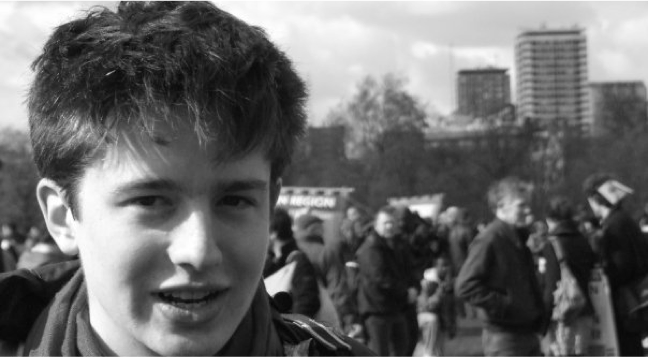
However, his focus on climate change wasn’t the result of a careful comparison of the pros and cons of working on different problems. Rather, by his own admission, he’d happened to read about it, and found it engaging because it was sciency and he was geeky.
The problem with this approach is that you might happen to stumble across an area that’s just not that big, important, or easy to make progress on. You’re also much more likely to stumble across the problems that already receive the most attention, which makes them lower impact.
So how can you avoid these mistakes, and do more good?
We’ve developed three questions to ask yourself to work out which social problems are most urgent — where an extra year of work will have the greatest impact.
It’s based on work by Open Philanthropy,1 a foundation with billions of dollars of committed funds, and the (modestly named) Global Priorities Institute, a research group at Oxford.
You can use these steps to compare areas you could enter (e.g. pandemic prevention, risks from AI, or global health), or if you’re already committed to an area, you can compare projects within that area (e.g. research into malaria or HIV).

Reading time: 12 minutes, or see our short video instead. If you just want to see which problems we think are most pressing, skip to the next article. You can also see the technical detail behind the framework.
The bottom line
The most pressing problems are likely to have a good combination of the following qualities:
- Big in scale: What’s the magnitude of this problem? How much does it affect people’s lives today? More crucially, how much of an effect will solving it have in the long run (including the very, very long run, if there are any such effects?)
- Neglected: How many people and resources are already dedicated to tackling this problem? How well allocated are the resources that are currently being dedicated to the problem? Are there good reasons why markets or governments aren’t already making progress on this problem?
- Solvable: How easy would it be to make progress on this problem? Do interventions already exist to solve this problem effectively, and how strong is the evidence behind them?
To find the problem you should work on, also consider personal fit. Could you become motivated to work on this problem? If you’re later in your career, do you have relevant expertise?
See how we applied the framework in the next article.
Table of Contents
1. Is this problem large in scale?
We tend to assess the importance of different social problems using our intuition, i.e. what seems important on a gut level.
For instance, in 2005 the BBC wrote:
The nuclear power stations will all be switched off in a few years. How can we keep Britain’s lights on? …unplug your mobile-phone charger when it’s not in use.
This so annoyed David MacKay, a Physics professor at Cambridge, that he decided to find out exactly how bad leaving your mobile phone plugged in really is. See the story of his attempt to find out.
The bottom line is that even if no mobile phone charger were ever left plugged in again, Britain would save at most 0.01% of its personal power usage (and that’s leaving aside industrial usage and the like). So even if entirely successful, a quick estimate shows that this BBC campaign could have no noticeable effect. MacKay said it was like “trying to bail out the Titanic with a tea strainer.”
Instead, that effort could have been used to change behaviour in a way that could easily have over 750 times as much impact on climate change, such as installing home insulation.2
Decades of research has shown that we’re bad at intuitively assessing differences in scale. For instance, one study found that people were willing to pay about the same amount to save 2,000 birds from oil spills as they were to save 200,000 birds, even though the latter is objectively 100 times better. This is an example of a common error called scope neglect.
To avoid scope neglect, we need to use numbers to make comparisons, even if they’re very rough.
In a previous article, we said that social impact depends on the extent to which you help others live better lives. So based on this definition, a problem has greater scale:
- The larger the number of people affected.
- The larger the size of the effects per person.
- The larger the long-run benefits of solving the problem.
Scale is important because the effect of activities on a problem is often proportional to the size of the problem. Launch a campaign that ends 10% of the phone charger problem, and you achieve very little. Launch a campaign that persuades 10% of people to install home insulation, and it’s a much bigger deal.
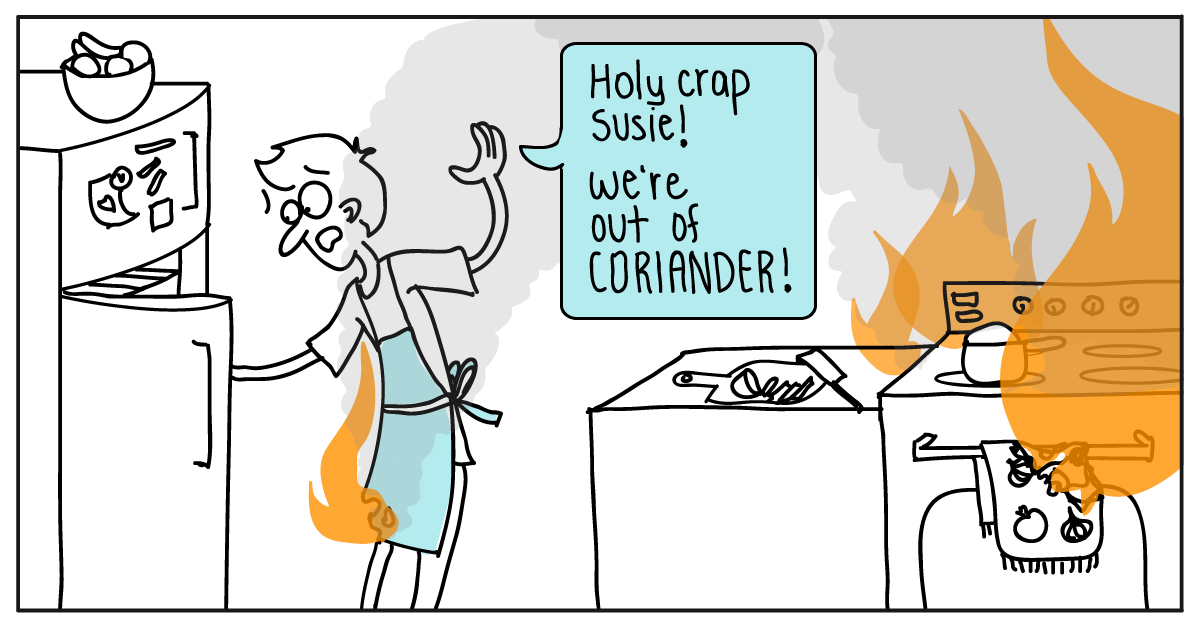
2. Is this problem neglected?
In a previous article, we saw that medicine in the US and UK is a relatively crowded problem: there are already over 850,000 doctors in the US and health spending is high, which makes it harder for an extra person working on health to make a big contribution.3
Health in poor countries, however, receives much less attention, and that’s one reason why it’s possible to save a life for only about $5,000.
The more effort that’s already going into a problem, the harder it is for you to be successful and make a meaningful contribution. This is due to diminishing returns.
When you pick fruit from a tree, you start with those that are easiest to reach: the low-hanging fruit. When they’re gone, it becomes harder and harder to get a meal.
It’s the same with social impact. When few people have worked on a problem, there are generally lots of great opportunities to make progress. As more and more work is done, it becomes harder and harder to be original and have a big impact. It looks a bit like this:
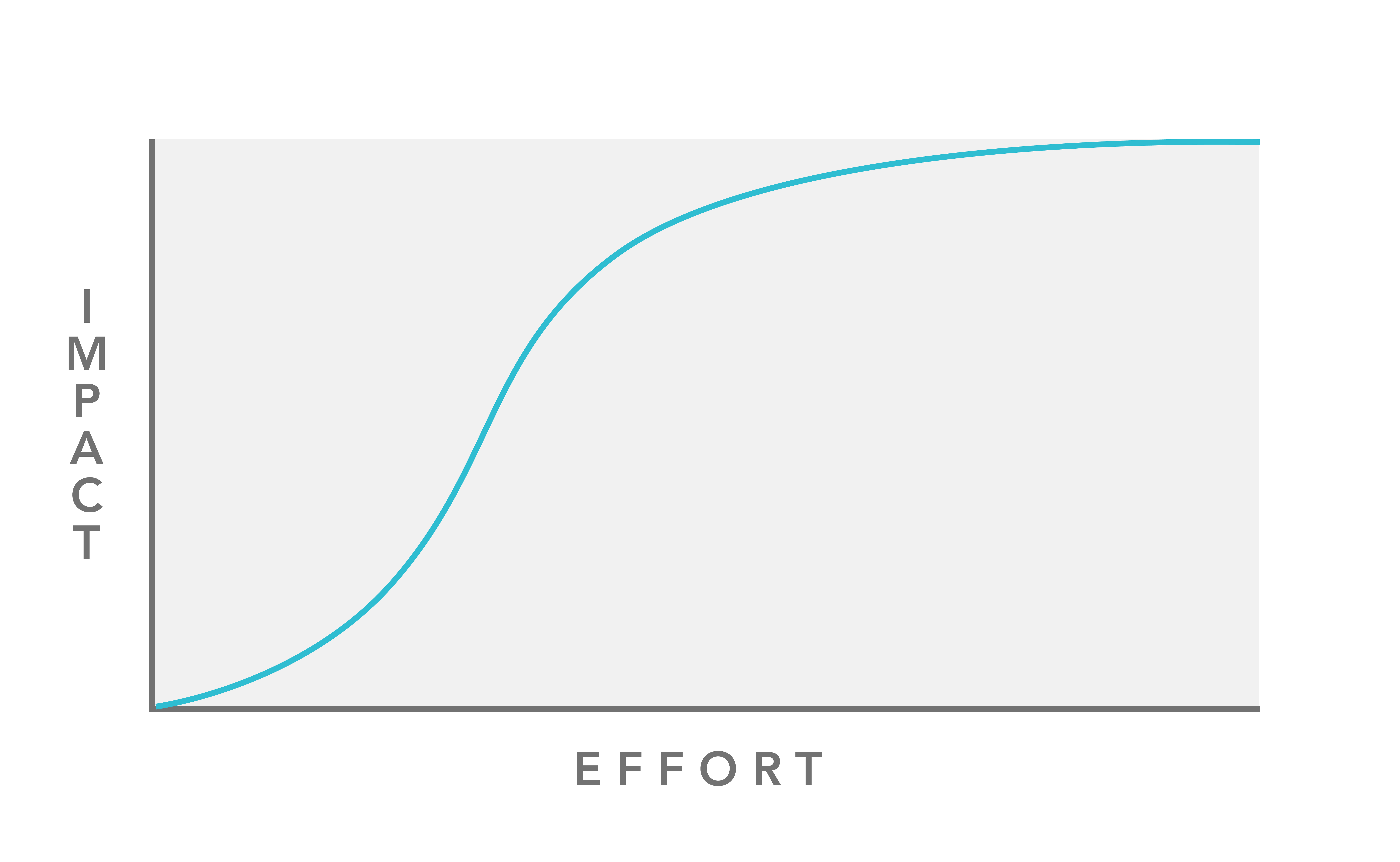
The problems your friends are talking about and interested in working on are exactly those where everyone else is already focused. So they’re not the neglected problems, and probably not the most urgent.
Rather, the most urgent problems — those where you have the greatest impact — are probably areas you’ve never thought about working on.
We all know about the fight against cancer, but what about parasitic worms? It doesn’t make for such a good charity music video, but these tiny creatures have infected one billion people worldwide with neglected tropical diseases.4 These conditions are far easier to treat than cancer, but we never even hear about them because they very rarely affect rich people.
So instead of following the trend, seek out problems that other people are systematically missing. For instance:
- Does the problem affect neglected groups, like those far away from us, nonhuman animals, or future generations rather than us?
- Is the problem a low-probability event, which might be getting overlooked?
- Do few people know about the problem?
Following this advice is harder than it looks, because it means standing out from the crowd, and that might mean looking a little weird.5
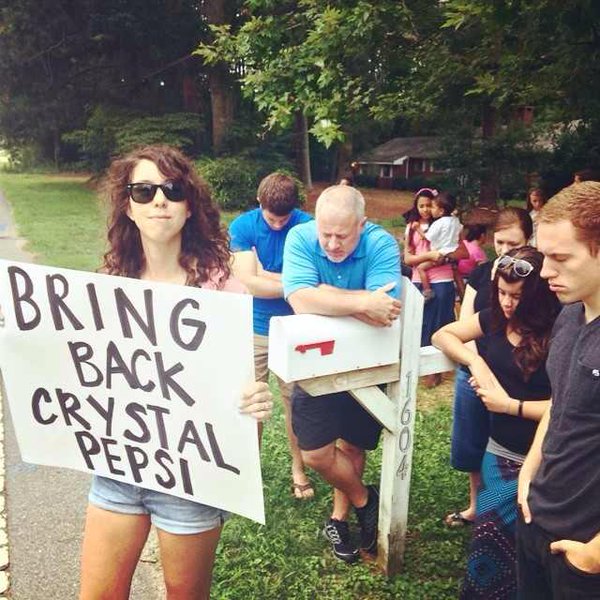
3. Is this problem solvable?
Scared Straight is a programme that takes kids who have committed misdemeanours to visit prisons and meet convicted criminals, confronting them with their likely future if they don’t change their ways. The concept proved popular not just as a social programme but as entertainment; it was adapted for both an acclaimed documentary and a TV show on A&E, which broke ratings records for the network upon its premiere.
There’s just one problem with Scared Straight: it probably causes young people to commit more crimes.
Or more precisely, the young people who went through the programme did commit fewer crimes than they did before, so superficially it looked like it worked. But the decrease was smaller compared to similar young people who never went through the programme.
The effect is so significant that the Washington State Institute for Public Policy estimated that each $1 spent on Scared Straight programmes causes more than $200 worth of social harm.6 This estimate seems a little too pessimistic to us, but even so, it looks like it was a huge mistake.
No one is sure why this is, but it might be because the young people realised that life in jail wasn’t as bad as they thought, or they came to admire the criminals.
Some attempts to do good, like Scared Straight, make things worse. Many more fail to have an impact. David Anderson of the Coalition for Evidence Based Policy estimates:
Of [social programmes] that have been rigorously evaluated, most (perhaps 75% or more), including those backed by expert opinion and less-rigorous studies, turn out to produce small or no effects, and, in some cases negative effects.
This suggests that if you choose a charity to get involved in without looking at the evidence, you’ll most likely have no impact at all.
Worse, it’s very hard to tell which programmes are going to be effective ahead of time. Don’t believe us? Try our 10-question quiz, and see if you can guess what’s effective:
The quiz asks you to guess which social interventions work and which don’t. We’ve tested it on hundreds of people, and they hardly do better than chance.
So, before you choose a social problem to work on, ask yourself:
- Is there a way to make progress on this problem with rigorous evidence behind it? For instance, lots of studies have shown that malaria nets prevent malaria.
- Alternatively, is there a way to test promising but unproven programmes that could help solve this problem, and find out whether they work?
- Is this a problem where there’s a small but realistic chance of making a massive impact? For instance, stopping catastrophic pandemics via better policy.
If the answer to all of these is no, then it’s probably best to find something else.
(Read more about whether it’s fair to say most social programmes don’t work.)
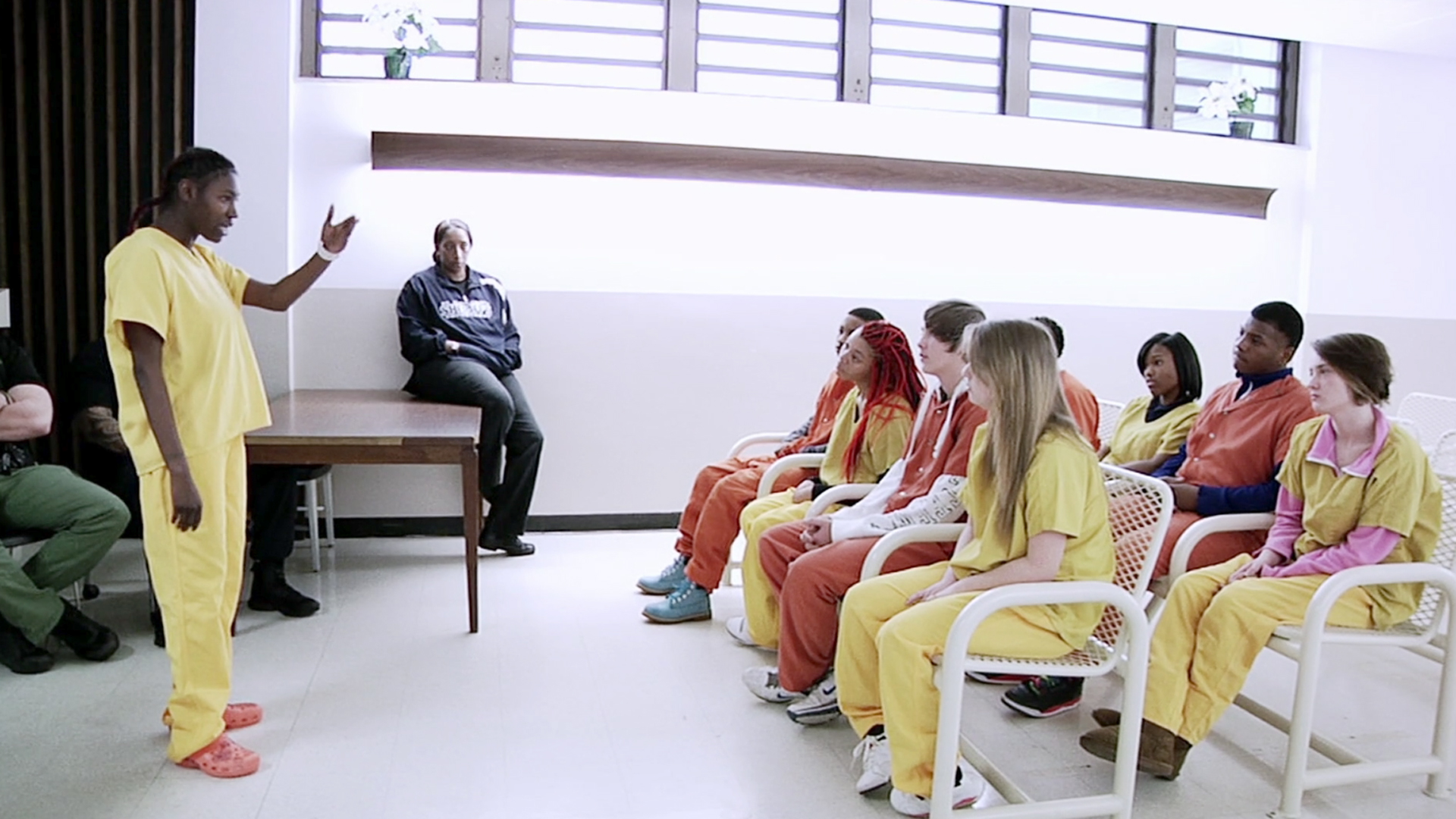
Look for the best balance of the factors
You probably won’t find something that does brilliantly on all three dimensions. Rather, look for what does best on balance. A problem could be worth tackling if it’s extremely big and neglected, even if it seems hard to solve.
To get the full details on the framework set out here, see this in-depth article, which also explains how to make your own comparisons of areas.
Your personal fit and expertise
There’s no point working on a problem if you can’t find any roles that are a good fit for you: you won’t be satisfied or have much impact.
So while it’s a great idea to find a problem that has a good combination of being big, neglected, and solvable, you’ll also want to find a specific role that’s a good fit for you.
As we’ll cover, personal fit is so important that it can easily be better to focus on an area you think is less pressing in general, if it’s a sufficiently good fit for you.
Early in your career, you only need to have a vague idea of what problems you might want to work on in the future. Your main focus should be exploring to figure out what you’re good at, and building skills that will plausibly be useful — which we cover in the next two articles. Later you can use those skills to tackle the most pressing problems at the time.
If you’re already an expert in a certain skill, then your focus should be on finding a way to use that expertise to tackle a pressing problem. It wouldn’t make sense for, say, a great economist who’s crushing it to go and become a biologist. Rather, there is probably a way to apply economics to the issues you think are most pressing. You can also use the framework above to narrow down subfields (e.g. development economics vs employment policy).
So what are the world’s most urgent problems?
What are the biggest problems in the world that no one is talking about and are possible to solve? That’s what we’ll cover next.
Read next: Part 5: What are the world’s biggest problems?
Or see an overview of the whole career guide.
Notes and references
- Open Philanthropy is 80,000 Hours’ largest donor.↩
- The average British person used about 120 kWh per day in 2008, when MacKay conducted his experiment. Today, the average British person uses about 80 kWh per day.
Sources: Figure 1.12, Sustainable Energy Without the Hot Air, by David MacKay, 2008, archived link, retrieved 14-April-2017.
Primary energy consumption per capita (kWh/person), Our World in Data, 2022, archived link, retrieved 17-Feb-2022.Heating an uninsulated detached home takes about 53 kWh per day, while adding loft and wall insulation reduces that by 44% to 30 kWh per day. Assuming a single house contains 2.5 people, then compared to total energy use per person, that’s a reduction of 23/(120 x 2.5) = 7.6%. If unplugging phone chargers when they’re not in use reduces personal energy use by under 0.01%, then adding home insulation is 760 times more important. It can also cut your heating bill by 44%, which can mean you save money over the long term, depending on the cost of the insulation.
Source: Figure 21.3, Sustainable Energy Without the Hot Air, by David MacKay, 2008, archived link, retrieved 14-April-2017.↩
- World Bank data says that the United States has about 260 doctors per 100,000 people. With a population of approximately 330 million, that means there are over 850,000 doctors in the United States.
Source: World Development Indicators – World Bank, 2023. Archived link, retrieved 17 February 2023.↩
Neglected Tropical Diseases (NTDs) are a group of parasitic and bacterial diseases that cause substantial illness for more than one billion people globally. Affecting the world’s poorest people, NTDs impair physical and cognitive development, contribute to mother and child illness and death, make it difficult to farm or earn a living, and limit productivity in the workplace. As a result, NTDs trap the poor in a cycle of poverty and disease.
Archived link, retrieved 11 March 2017.↩
- There are some reasons to think about increasing returns, especially within organisations. But in general we think there are good reasons to think diminishing returns will be the norm.↩
- A meta-analysis by the Campbell Collaboration, a leading evaluator of the effectiveness of social policies, concluded:
RESULTS
The analyses show the intervention to be more harmful than doing nothing. The program effect, whether assuming a fixed or random effects model, was nearly identical and negative in direction, regardless of the meta-analytic strategy.AUTHOR’S CONCLUSIONS
We conclude that programs like ‘Scared Straight’ are likely to have a harmful effect and increase delinquency relative to doing nothing at all to the same youths. Given these results, we cannot recommend this program as a crime prevention strategy. Agencies that permit such programs, however, must rigorously evaluate them not only to ensure that they are doing what they purport to do (prevent crime) – but at the very least they do not cause more harm than good to the very citizens they pledge to protect.Link, Archived PDF of full report, retrieved 27-April-2017.
A review of American social programmes made a cost-benefit analysis of the programme, concluding there were $203 social costs incurred per $1 invested in the programme. See Table 1. However, note that this estimate is quite old so could be out of date. Moreover, we’re generally sceptical of very large differences between costs and benefits, so we doubt the true ratio is as high as this. Nevertheless, the programme looks to have been a terrible use of resources.
Archived link, retrieved 31 March 2016.↩
